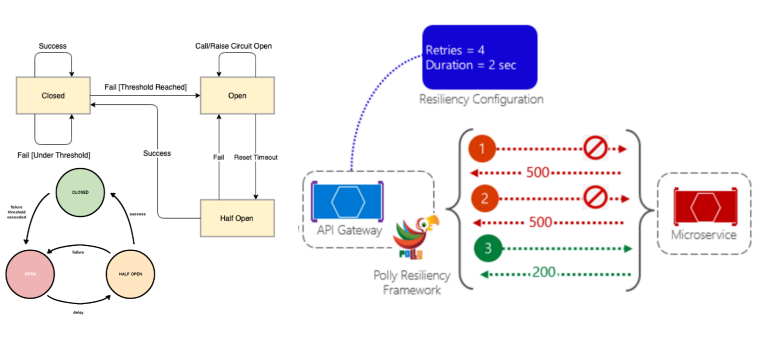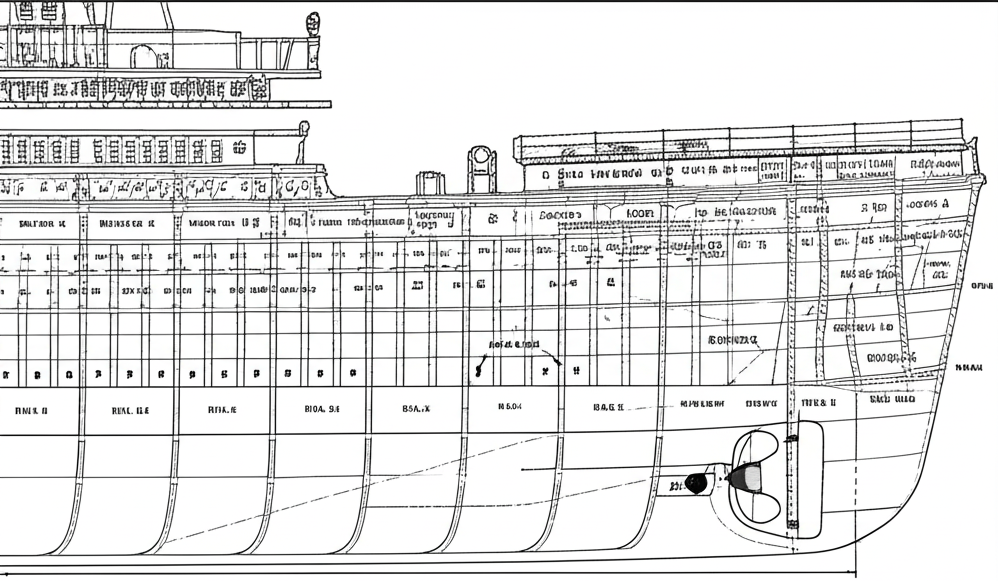Sidecar container pattern
Sidecar pattern is a single-node pattern made up of two containers. It involves co-locating another container in a node/pod along with the main application container. The application container contains the core logic for the application. The role of the sidecar is to augment and improve the application container, often without the application container’s knowledge. In its simplest form, a sidecar container can be used to add functionality to a container that might otherwise be difficult to add. In addition to being co-located on the same machine, the application container and sidecar container share several resources, including parts of the filesystem, hostname and network, and many other namespaces. The sidecar can be plugged and unplugged from the main application, since it is isolated and cannot impact the application in case it starts misbehaving. ...



